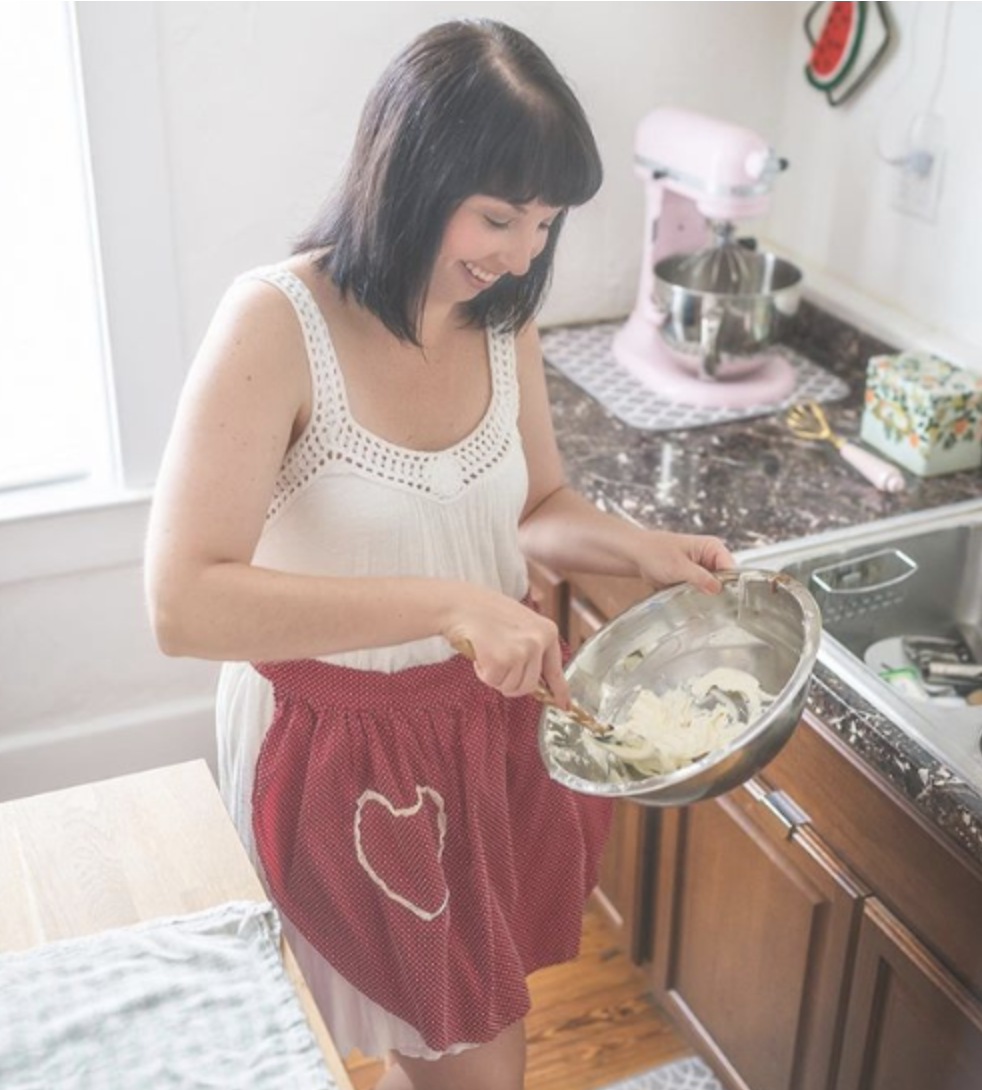Bakery Business Startup Calculator: Project Investment & ROI
Enter your bakery's menu items, costs, and operational details below to generate professional 5-year financial projections. This calculator will provide valuable insights on your potential revenue, profit margins, break-even point, and return on investment.
Input Your Bakery Business Data
Bakery Business Information
Baked Goods Menu & Cost Per Unit
Click on any row to edit menu items or
| Menu Item | Price | COGS | Daily Sales | Actions |
|---|---|---|---|---|
Chocolate Croissant | $4.00 | $0.98 | 100 | |
Sourdough Loaf | $6.00 | $1.50 | 100 | |
Vanilla Cupcake | $3.00 | $0.75 | 150 |
Bakery Operations
Number of operational days per month
Projected growth rate of sales each year
Projected increase rate of expenses each year
Fixed Monthly Expenses
Click on any row to edit expenses or
| Expense Type | Monthly Amount | Actions |
|---|---|---|
Rent or Lease | $3,000 | |
Utilities | $1,000 | |
Labor (Staff) | $9,000 | |
Insurance | $500 | |
Internet Access | $75 | |
Software and Subscriptions | $300 | |
| Total Monthly Expenses | $13,875 |
Initial Investment
One-time startup cost for your bakery business
How to Use the Bakery Business Calculator
Thinking about opening your own bakery? This calculator provides comprehensive financial projections for this business based on menu, prices, costs, and sales expectations.
After entering inputs like menu items, costs, and menu prices, you can download the data as a CSV file to include in your business plan or share with potential investors or a crowdfunding campaign. You can see an example of the financial projections here: Sample Bakery Financial Projections.
Step 1: Enter Bakery Business Details
Start by entering basic information for your bakery:
- Name of your bakery.
- Baked goods menu items with prices, costs, and expected sales volume.
- Operational parameters like days open per month.
- Projected growth rates for sales and expenses.
- Fixed monthly expenses such as rent, payroll, and utilities.
- Initial investment amount to start the business.
The more accurate your inputs, the more reliable your financial projections will be. Take time to research typical costs and sales volumes in your area.
Step 2: Add Menu Items and Pricing
Input your planned menu items:
- Item name (baked goods, pastries, etc.)
- Menu price you'll charge customers
- Cost of goods sold (COGS) per unit
- Estimated daily sales volume
The calculator comes pre-loaded with common bakery menu items, but you should customize these based on your specific business concept. The results section of this tool will update automatically after clicking the "Calculate Bakery Profit" button.
Finding Your Bakery Niche
Successful bakeries often find their specialty niche in the market. Some focus exclusively on wedding cakes and special event desserts, while others might specialize in artisan bread, bagels, croissants, cupcakes, donuts, or gluten-free offerings. Using this calculator, you can input different menu items to project profitability.
Jennifer Jacobs, owner and founder of Wandering Whisk Bakeshop in St. Petersburg, Florida, started as a home baker to minimize initial costs. In our podcast interview, she emphasized how this approach allowed her to refine recipes and build a customer base without significant upfront investment.

Meanwhile, Chef Kenneth J. Williams of Royal Cheesecake & Varieties, LLC in Raleigh, NC, found success by specializing in cheesecakes. During our email interview, he emphasized the importance of financial planning:
"You need to know your numbers. How much does it cost to make a cake including all ingredients, gas to deliver, packaging and labels. Make sure you are getting a return on your sales."
Step 3: Enter Operating Parameters and Fixed Expenses
Specify your operational details and fixed expenses:
- Days open per month
- Projected annual sales growth percentage
- Projected annual expense increase percentage
- Monthly fixed expenses like rent, payroll, utilities, etc.
Christy-Jae (C.J) Cheyne, executive pastry chef and owner of Oui bakery, shared some target revenue figures during our email interview. "Our monthly ballpark revenue numbers are $26,000. Our goal is 1,000 dollars per day. The more the merrier! Overall we hope to reach around $310,000-$320,000 a year with continuous growth!"
Cheyene also share her business goals, "Short term goals is to have a minimum of $1,000 sales per day. Have a strong staff and profitable monthly outcome. Within the first two years, create an identity, and have solid customer presence. Long term goal is to garner recognition for the pastry shop. Give back to employees and the community. Update store and finally adding another location!"

Step 4: Set Your Initial Investment
Enter the amount you plan to invest to start your bakery business. According to data from Toast, the average startup cost to open a bakery is between $10,000 and $50,000. This is lower than the average cost of opening a restaurant, largely due to the reduced need for employees, seating, and inventory for most bakery businesses.
For aspiring bakery owners with limited capital, Jennifer Jacobs recommends starting as a home baker. You can keep your startup expenses low and refine your menu during your time as a home baker.

Chef Kenneth Williams emphasizes budget efficiency. "Budget well and do not spend frivolously. You did not need the newest latest gadget or expensive tool to create your product. The gift is in your hands."
Williams also shared his essential equipment recommendations to get started:
"Our favorite kitchen equipment we couldn't live without is: the spatula and the stand mixer. Faberware Spatulas: The spatula can be used to flip, get stuff out of the can, stir, and scrape batter out of the bowl. KitchenAid mixer: The standing mixer is the queen of mixing. You can stir it slow, fast for buttercream frosting and it is hands-free."
Step 5: Calculate and Analyze Results
Click the "Calculate Bakery Profit" button to generate comprehensive financial projections broken into distinct tabs for easier reading.
- 5-year revenue, expense, and profit projections.
- Break-even analysis showing when you'll recoup your investment.
- Key financial metrics like ROI, profit margins, and gross margin.
- Menu item profitability breakdown.
- Visualizations of your financial data.
According to Toast, bakeries in the US make a combined $3 billion a year, with the average annual revenue for small bakeries laying between $325,000 and $450,000. Additionally, data from SharpSheets.io analyzing 9,600 bakery franchised businesses shows that bakeries report on average a 14.6% operating profit margin.
How the Bakery Business Calculator Works
Here's a breakdown of the core financial calculations used in this tool.
| Metric | Formula | Example |
|---|---|---|
| Daily Revenue | Sum of (Menu Item Price × Daily Sales) for all items | ($4.00 × 100) + ($6.00 × 100) + ($3.00 × 150) = $1,450/day |
| Monthly Revenue | Daily Revenue × Days Open Per Month | $1,450 × 30 days = $43,500/month |
| Annual Revenue | Monthly Revenue × 12 | $43,500 × 12 = $522,000/year |
| Daily COGS | Sum of (Item Cost × Daily Sales) for all items | ($0.98 × 100) + ($1.50 × 100) + ($0.75 × 150) = $360.50/day |
| Monthly Fixed Expenses | Sum of all monthly expenses | $3,000 + $1,000 + $9,000 + $500 + $75 + $300 = $13,875/month |
| Monthly Profit | Monthly Revenue - Monthly COGS - Monthly Fixed Expenses | $43,500 - ($360.50 × 30) - $13,875 = $18,810/month |
| Profit Margin | (Profit ÷ Revenue) × 100% | ($18,810 ÷ $43,500) × 100% = 43.2% |
| Break-Even Point (Months) | Initial Investment ÷ Monthly Profit | $30,000 ÷ $18,810 = 1.6 months |
| Break-Even Revenue | Monthly Fixed Expenses ÷ ((Revenue - COGS) ÷ Revenue) | $13,875 ÷ (($43,500 - $10,815) ÷ $43,500) = $19,490 |
| ROI (5-Year) | (5-Year Profit ÷ Initial Investment) × 100% | ($1,128,600 ÷ $30,000) × 100% = 3,762% |
Marketing Strategies for New Bakeries
Beyond financial projections, effective marketing is essential for bakery success. Jennifer Jacobs shared her approach to getting free press coverage with me. "These sorts of papers feature small businesses and people doing interesting things in the community all the time. If you reach out, there's a good chance you'll be featured. It's like an open invitation. They're always looking for the next feel-good story, and your business could be it," says Jennifer.
Jennifer recommends reaching out to local publications by email, sharing a little bit about your story, and letting them know you would be honored to do an interview. This approach can be extremely effective if you plan to vend at a popular upcoming city event like a farmer's market or fair. Jennifer explained, "One email took me 10 minutes to write, and it led to a newspaper article and free press. That's a risk worth taking!"

Networking for Bakery Success
Building connections in your local business community can create valuable opportunities. Jennifer emphasizes "Joining my local chamber of commerce really helped my business. I learned about pop-up markets and met other business owners who order my pastries for corporate events."
Chef Kenneth Williams shared similar advice about the importance of networking. "Try not to be shy. Go to networking events and introduce yourself and let people know how great you are but also be humble. When you are doing an event, have great customer service. Many times, when we are a vendor at an event, we see other vendors sitting in their chairs with their arms folded or not speaking to people when they walk by their booth. Reach out and engage them in conversation. A great conversation can sometimes lead to a great sale or referral."
Keep in mind: This calculator provides estimates based on the information you provide and general industry averages. Actual results will vary.
